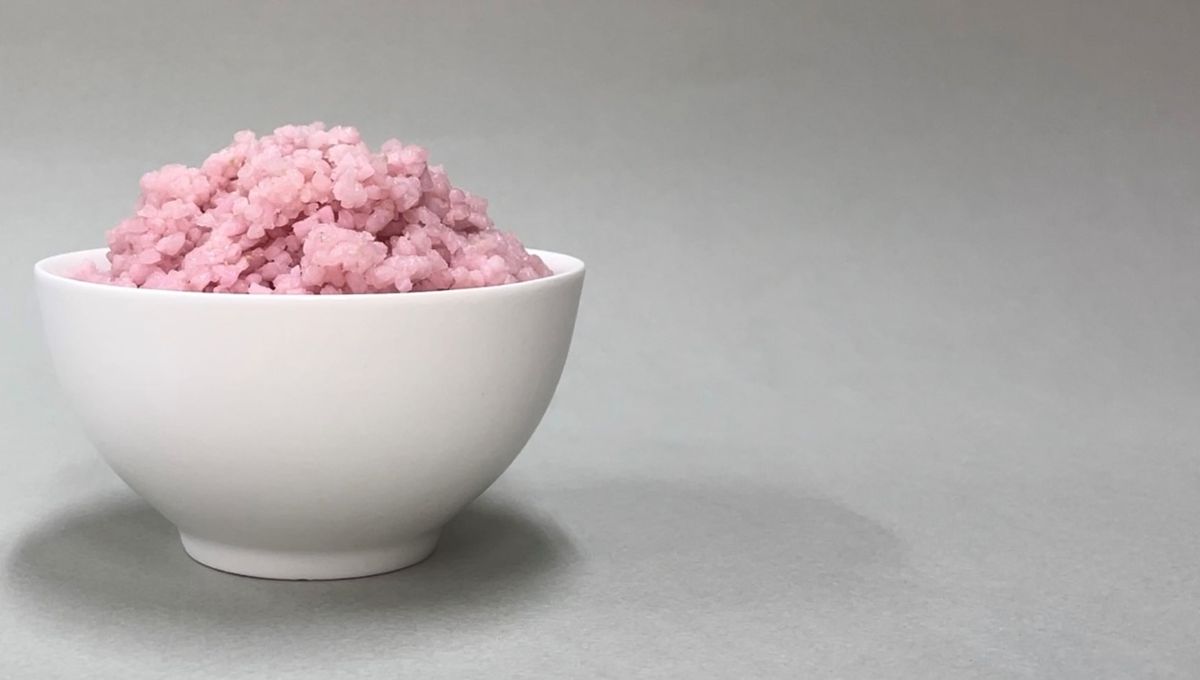
In the quest to make better lab-grown meat, scientists in South Korea have created a beef-rice hybrid that’s grown in a petri dish. Although it does look like a slightly unappetizing pink mush, the researchers contend that it’s a protein-rich food source that pumps out significantly fewer greenhouse gases than traditional beef farming.
Scientists at Yonsei University in Seoul created the novel foodstuff by taking muscle and fat stem cells from cows and transplanting them into grains of rice. Fish gelatin and enzymes are first applied to the rice to help the cells attach. Once the stem cells are added, it’s left to culture in the petri dish for nine to 11 days.
The end result is a hybrid beef-rice that has 8 percent more protein and 7 percent more fat than regular rice.
Along with having a low risk of foodborne illnesses, it’s much cheaper than natural meat. If commercialized, the researchers estimate the beef-rich hybrid could cost $2.23 per kilogram, while beef costs approximately $14.88 per kilogram.
Better still, It has a much lighter carbon footprint. One hundred grams (3.5 ounces) of hybrid rice protein is estimated to release less than 6.27 kilograms (13.8 pounds) of CO2, while producing 100 grams of beef releases 49.89 kilograms (110 pounds).
As for taste, it depends on how much fat or muscle is added to the rice. Hybrid rice with higher muscle content is said to have a beefy and almond-like smell, while those with higher fat content were said to smell creamier, buttery, and a bit like coconut oil. Texture-wise, it has a firmer and brittler feel than traditional rice.
The question is: would you eat it? The researchers suggest they’re looking to commercialize the food product, offering consumers a low-cost and nutritious food source that dodges many of the environmental and ethical impacts of industrial agriculture.
“Imagine obtaining all the nutrients we need from cell-cultured protein rice. Rice already has a high nutrient level, but adding cells from livestock can further boost it,” Sohyeon Park, lead study author who conducted the study under the guidance of corresponding author Jinkee Hong at Yonsei University, said in a statement.
It might not necessarily be served at Michelin-star restaurants, but it could have a range of practical uses. For example, it could be employed as a vital source of nutrition for people dealing with famine or natural disasters. Alternatively, it may prove to be an ideal food for astronauts on long-term space travelers.
“I see a world of possibilities for this grain-based hybrid food,” Park said.
The new study is published in the journal Matter.
Source Link: Beef-Rice Hybrid Grown In A Lab Could Be Food Of The Future